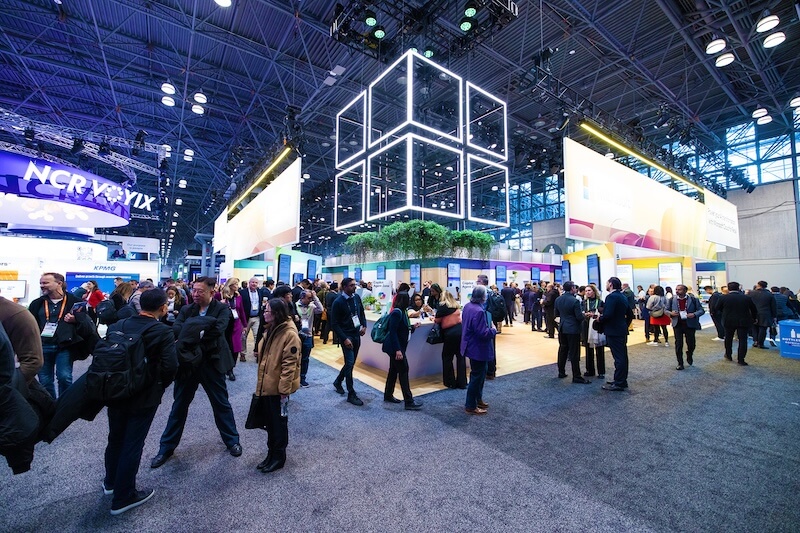The National Retail Federation (NRF) 2025 Big Show in New York City gathered over 40,000 retail professionals to explore the latest trends and innovations transforming the industry. A central theme emerging from the event was the reimagining of stores through unified commerce, driven by evolving consumer expectations, breakthrough technologies, and the need for agile and adaptable business models.
Unified Commerce Takes Center Stage
Unified commerce has moved beyond a buzzword to become a core strategy for retailers seeking to deliver seamless, customer-centric experiences. Unlike traditional omnichannel approaches, unified commerce integrates backend systems to create a cohesive ecosystem across online, in-store, and mobile channels. This integration allows retailers to provide a consistent and frictionless shopping journey, regardless of how or where a customer chooses to interact with the brand. At NRF 2025, a retail executive emphasized that unified commerce means providing a truly seamless experience where a customer's shopping journey is consistent across all channels.
The adoption of unified commerce is being fueled by several factors. Consumers now expect to glide effortlessly between digital and physical shopping experiences. They want to be able to browse products online, make purchases through social media, pick up orders in-store, and return items through the mail – all without friction. Moreover, younger consumers, particularly Gen Z and Gen Alpha, prioritize genuine connections, real-time engagement, and immersive experiences over traditional marketing tactics. Savvy retailers are leveraging unified commerce platforms to create these types of engaging experiences, meeting these digital natives where they naturally gather and shop, whether on social media, gaming platforms, or through AI-powered assistants.
The Store Reimagined as an Experience Hub
The rise of unified commerce is also driving a reimagining of the physical store. Rather than simply serving as a point of sale, stores are transforming into experience hubs that offer unique and engaging customer interactions. Leading brands are crafting unified journeys where mobile apps enhance store visits with personalized offers, and physical spaces are transformed into digitally enriched experience hubs featuring augmented reality (AR) and smart displays.
Several key technologies are enabling this transformation. Digital payment platforms are providing frictionless payment experiences while also offering retailers valuable analytics to drive better customer engagement and loyalty. In-store digital displays are creating seamless connections between digital and physical shopping experiences, providing added value for consumers. Retailers are also deploying mobile apps that combine in-store scanning with virtual design capabilities, bridging the gap between physical and digital experiences.
AI as an Enabler of Unified Commerce
Artificial intelligence (AI) is playing a crucial role in enabling unified commerce and enhancing the customer experience. Retailers are unifying fragmented customer data across touchpoints to power AI-driven personalization. By creating detailed customer profiles, they can automate content and craft experiences that feel tailored to each shopper. AI is also being used for dynamic pricing, SEO recommendations, and AI-curated in-store shopping routes.
However, experts at NRF 2025 emphasized that AI is not an end goal in itself, but rather a tool to deliver practical, customer-focused results. To effectively leverage AI, retailers must ensure that their data is clean, organized, and actionable. As one Vitamin Shoppe executive noted, their company doesn't have an AI strategy; they have a strategy to create better experiences for their customers and make their store associates' jobs easier, and they use AI to support that goal.
The Importance of Adaptability
Ultimately, NRF 2025 highlighted the importance of adaptability in the ever-evolving retail landscape. Retailers must be willing to experiment with new technologies, embrace changing consumer preferences, and build flexible business models that can thrive on change. Those who master unification across key categories and execute against a unified vision will be best positioned to create sustainable competitive advantages and define the future of retail.

















